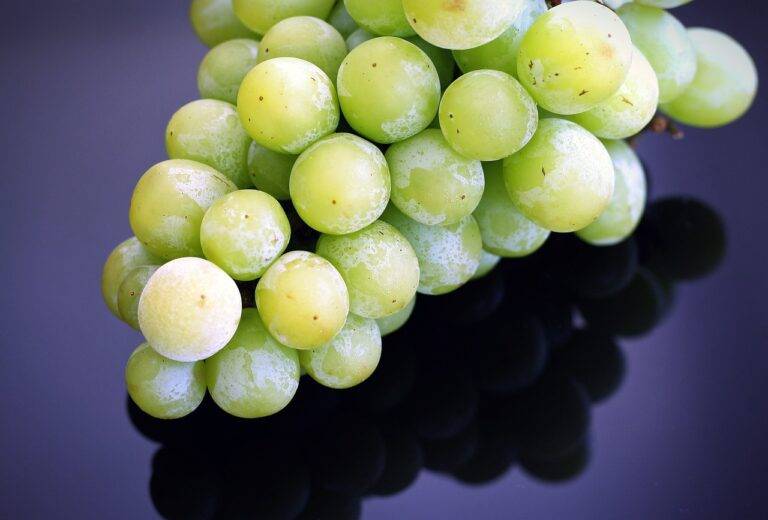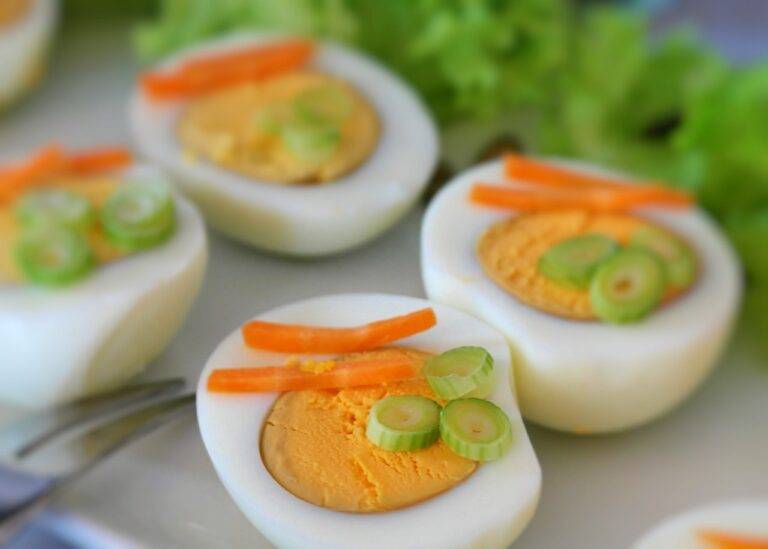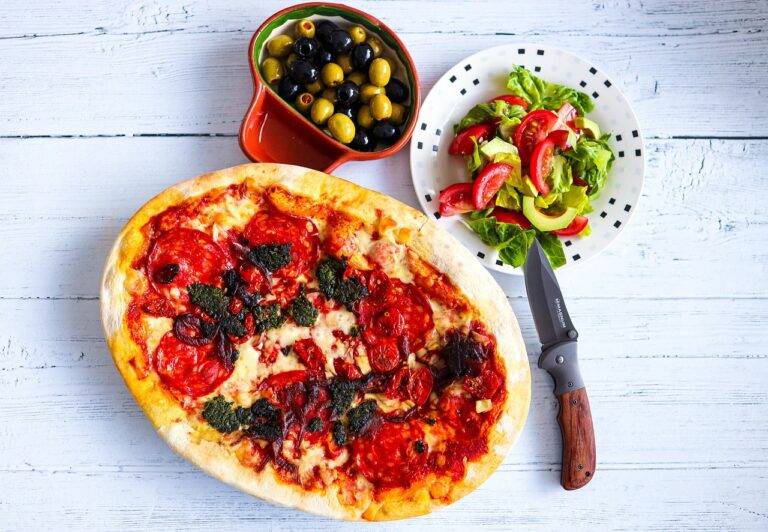The Art of Food Preservation: Techniques for Stocking Your Pantry with Homemade Goodies.
Preserving food at home is a practice that has been passed down through generations, rooted in the need to ensure food security and reduce food waste. By preserving surplus fruits, vegetables, and meats, individuals can extend the shelf life of these food items, making them available for consumption during times of scarcity or when fresh produce is not readily available. Additionally, preserving food at home can help save money by allowing individuals to purchase food items in bulk or when they are in season, and then store them for later use.
Moreover, preserving food at home empowers individuals to control the ingredients and additives in their food. Many commercially preserved foods contain high levels of sugar, salt, and preservatives, which can have negative health implications when consumed in excess. By preserving food at home, individuals can choose healthier methods such as fermentation, drying, or canning, which retain the nutritional value of the food without the need for harmful additives. This not only promotes better health and well-being but also fosters a deeper connection to the food we consume.
Benefits of Food Preservation
Preserving food at home offers several advantages. Not only does it help in minimizing food waste, but it also allows you to enjoy seasonal produce year-round. By canning, drying, or pickling foods, you can extend their shelf life and reduce the likelihood of spoilage.
Furthermore, food preservation can lead to cost savings. Buying fruits and vegetables in bulk when they are in season and preserving them can be more economical than purchasing them out of season. It also enables you to control the ingredients used in the preservation process, promoting healthier eating habits.
Why is it important to preserve food at home?
Preserving food at home helps to extend the shelf life of perishable items, reduces waste, saves money, and allows for enjoying seasonal produce year-round.
What are the benefits of food preservation?
The benefits of food preservation include maintaining nutritional value, preventing food spoilage, saving time and effort in meal preparation, and ensuring food availability during emergencies or times of scarcity.
What are some common methods of food preservation?
Common methods of food preservation include canning, freezing, drying, pickling, and fermenting.
How does food preservation help in reducing food waste?
By preserving food, it can be stored for longer periods of time without spoiling, thus reducing the amount of food that is thrown away due to spoilage.
Can food preservation help in saving money?
Yes, food preservation can help in saving money by allowing you to buy in bulk when items are on sale, preserving excess produce from your garden, and reducing the need to buy pre-packaged convenience foods.
How does food preservation contribute to food security?
Food preservation helps in ensuring a stable food supply by allowing for the storage of surplus food during times of abundance, which can be used during periods of scarcity or emergencies.





